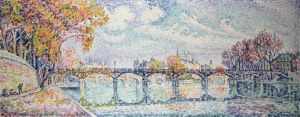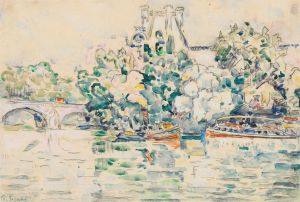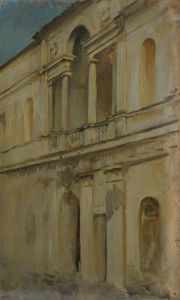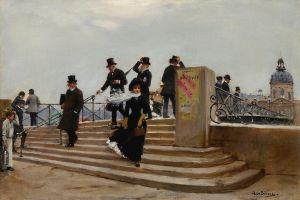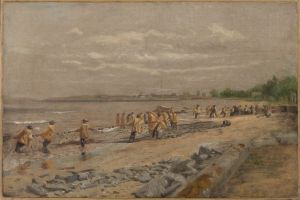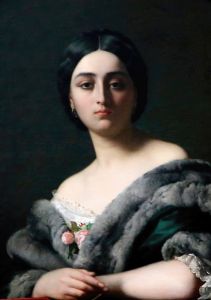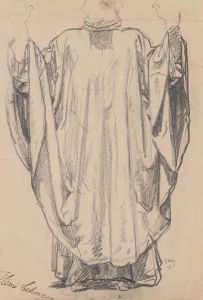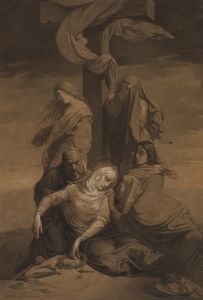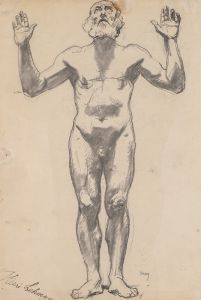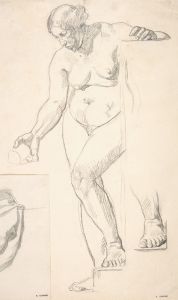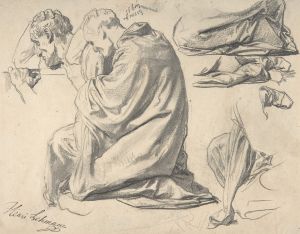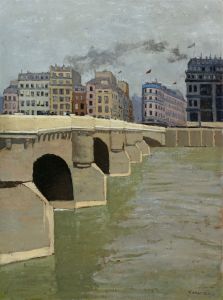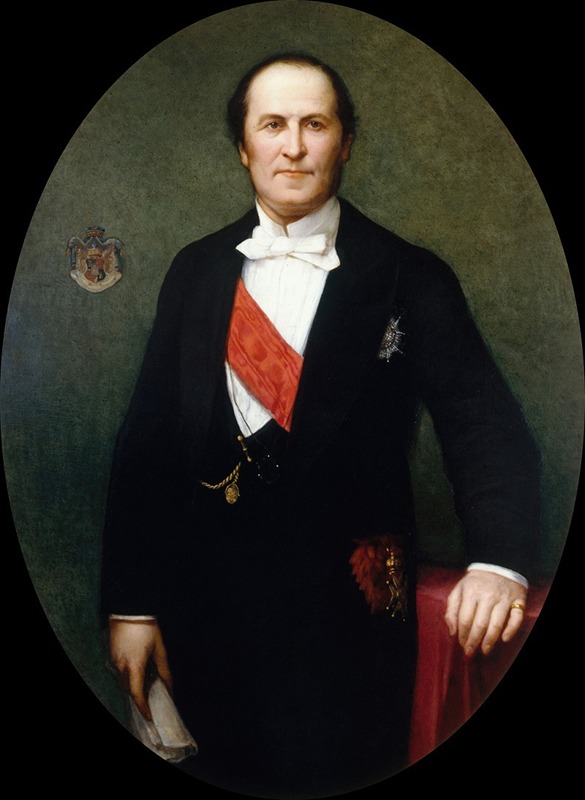
Portrait du baron Haussmann , préfet de la Seine
A hand-painted replica of Henri Lehmann’s masterpiece Portrait du baron Haussmann , préfet de la Seine, meticulously crafted by professional artists to capture the true essence of the original. Each piece is created with museum-quality canvas and rare mineral pigments, carefully painted by experienced artists with delicate brushstrokes and rich, layered colors to perfectly recreate the texture of the original artwork. Unlike machine-printed reproductions, this hand-painted version brings the painting to life, infused with the artist’s emotions and skill in every stroke. Whether for personal collection or home decoration, it instantly elevates the artistic atmosphere of any space.
Henri Lehmann's "Portrait du baron Haussmann, préfet de la Seine" is a significant work that captures one of the most influential figures in the urban development of Paris during the 19th century. Georges-Eugène Haussmann, commonly known as Baron Haussmann, was appointed by Emperor Napoleon III as the Prefect of the Seine from 1853 to 1870. His extensive renovation of Paris, often referred to as Haussmannization, dramatically transformed the city’s landscape, making it one of the most modern and beautiful cities in the world at the time.
Henri Lehmann, a German-born French painter, was known for his portraits and historical subjects. He was a student of Jean-Auguste-Dominique Ingres and carried forward his master's neoclassical style, which is evident in the precision and clarity of his works. Lehmann's portrait of Haussmann is a testament to his skill in capturing the essence of his subjects with both realism and subtle idealization.
The portrait itself is a formal depiction of Haussmann, reflecting his status and the importance of his role in Parisian society. Lehmann's use of light and shadow, as well as his attention to detail in the rendering of Haussmann's features and attire, contribute to the dignified and authoritative presence of the subject. The painting not only serves as a personal likeness but also as a historical document, encapsulating the era of transformation that Haussmann spearheaded.
Haussmann's urban renewal projects included the creation of wide boulevards, parks, and public squares, as well as the improvement of the city's water supply and sewage systems. These changes were aimed at modernizing Paris, improving traffic circulation, and reducing the risk of disease outbreaks. However, Haussmann's work was not without controversy; it involved the displacement of many residents and was criticized for its cost and the destruction of medieval neighborhoods.
Lehmann's portrait captures Haussmann during a period of intense activity and change. The painting likely served both as a personal commemoration for Haussmann and as a public statement of his achievements. It reflects the values of the Second Empire, emphasizing progress, order, and authority.
While the exact date of the painting is not specified, it would have been created during or shortly after Haussmann's tenure as Prefect of the Seine, a time when his influence on the city was most pronounced. Lehmann's ability to convey the character and significance of his subjects made him a sought-after portraitist among the elite of his time.
In summary, Henri Lehmann's "Portrait du baron Haussmann, préfet de la Seine" is more than just a depiction of a prominent individual; it is a representation of a pivotal moment in the history of Paris. Through this work, Lehmann not only immortalizes Haussmann's likeness but also the transformative impact he had on one of the world's greatest cities.





